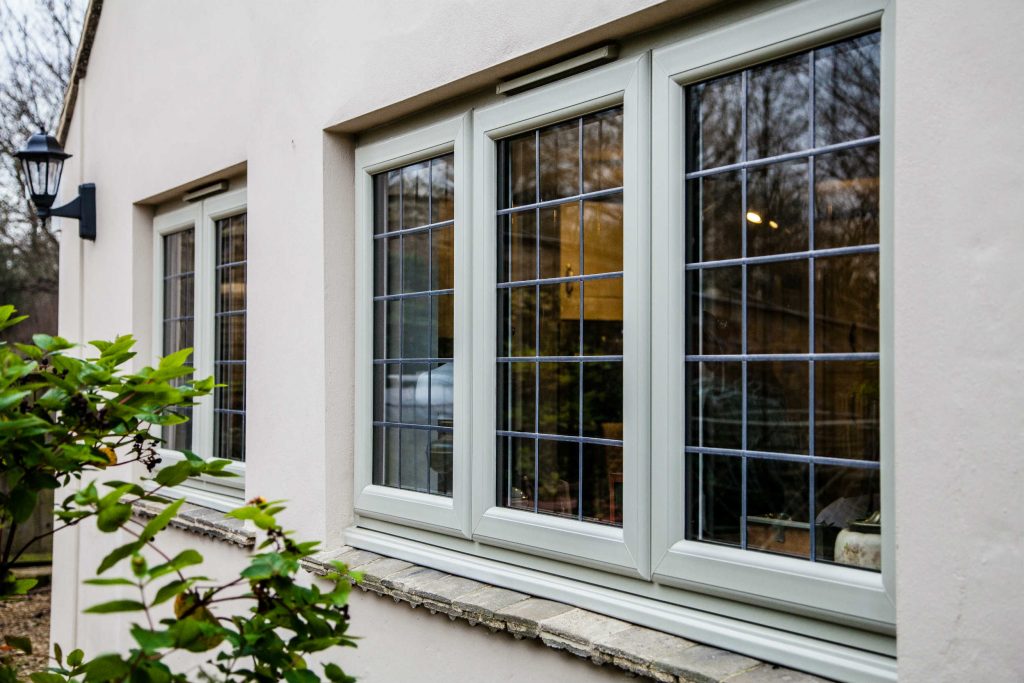All Categories
Featured
Table of Contents
Lifestyle - West Coast Double Glazing in Darling Downs Perth
That window can transmit more solar heat in winter than in summer. A west-facing window on a summer's afternoon has an angle of occurrence from near 0 approximately 30 with a large effective area of solar radiation. A north-facing window, in summertime, has a high angle of incidence and a low efficient area of solar radiation, so can send less heat than a west-facing one.

You can rapidly and quickly improve the thermal performance of your home by changing your windows. There are thousands of types of glass and frames to choose from.
Double Glazed Windows Melbourne in Sinagra WA
Single glazing with clear glass is not very efficient when it comes to heat loss or gain. To enhance efficiency, you can utilize single glazing with a more energy-efficient type of glass such as low emissivity (low-e) glass.
Numerous layers can be put together with sealed cavities in between each sheet of glass. IGUs generally provide much better energy efficiency than single glazing, since they send less energy. The energy efficiency of IGUs likewise depends on: the residential or commercial properties of each layer of glass. Different glass types (for example, clear and low-e glass) can be put together in an IGU.
Double-glazing Versus Low-e Glass in South Lake Perth

IGU cavities can be filled with air or a more inert, low-conductivity gas such as argon the width of the cavity. Cavity density is usually 6 to 18mm. Broader cavities supply lower (better) U worths, with 12mm usually accepted as the preferred gap how well the cavity is sealed. Cavities should be dry and well sealed to avoid moisture getting in.
If argon is set up to the cavity in location of air, wetness is reliably omitted the level of desiccant (drying agent). The spacer (metal or polymer strip) that separates the glass layers contains a desiccant to absorb any moisture. Insufficient desiccant may trigger wetness to condense on the glass surface in cold conditions, decreasing thermal performance.
Glass & Glazing - Easy Windows Upvc Double & Triple ... in South Perth WA
IGUs can provide better energy performance for all climates, specifically in heated and air-conditioned homes. Cross-section detail of single, double and triple-glazing units Low emissivity glass (commonly known as low-e glass) reduces heat transfer. Low-e glass might be either high or low transmission: High transmission low-e glass has a covering that permits daylight from the sun to enter your house to attain excellent solar heat gain, however lowers the amount of the long wavelength infrared heat that can leave back through the window.
Low-e glass has either a pyrolytic coating or a vacuum-deposited thin film metal finish. Pyrolytic coatings are resilient and can be utilized for any glazing; vacuum-deposited finishes are soft and are only used within IGUs. Low-e finishings can significantly enhance both U worth and SHGC; nevertheless, they must be utilized properly or they will either degrade or fail to carry out as required.
Is Double Glazing Worth It? in Swan View WA
Low-e finishings can be utilized in combination with clear, toned or reflective glass. Low-e finishes on glazing can lower heat transfer where needed Photo: Department of Industry, Science, Energy and Resources Toned glass has actually colouring additives consisted of during manufacture. It is offered in numerous colours, normally bronze, grey, blue and green.
Latest Posts
Window Glazing For Households - Energy in Millendon Western Australia
Best Double Glazing Brighton Archives in East Victoria Park Perth
Double Glazed Windows Sydney in Duncraig WA